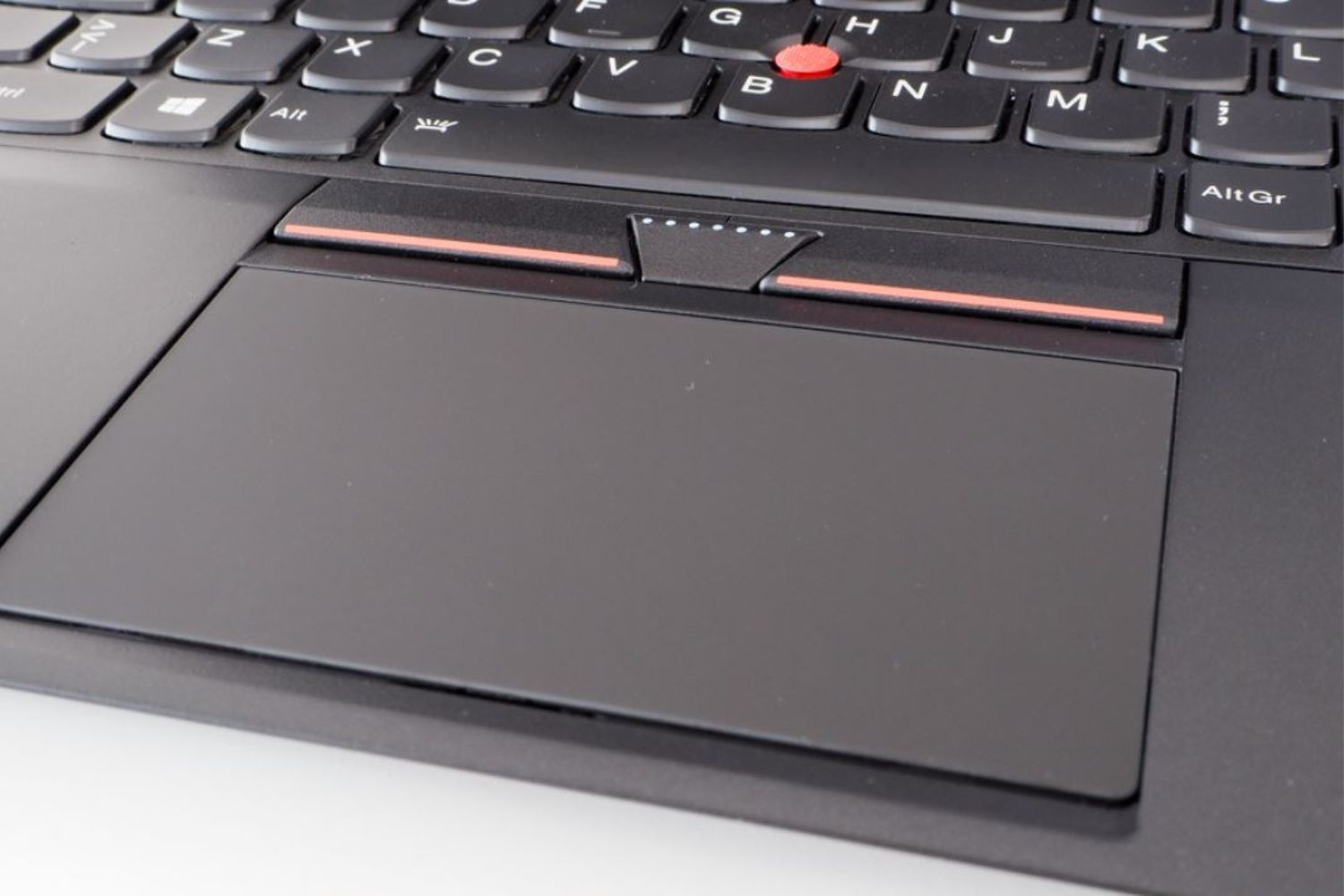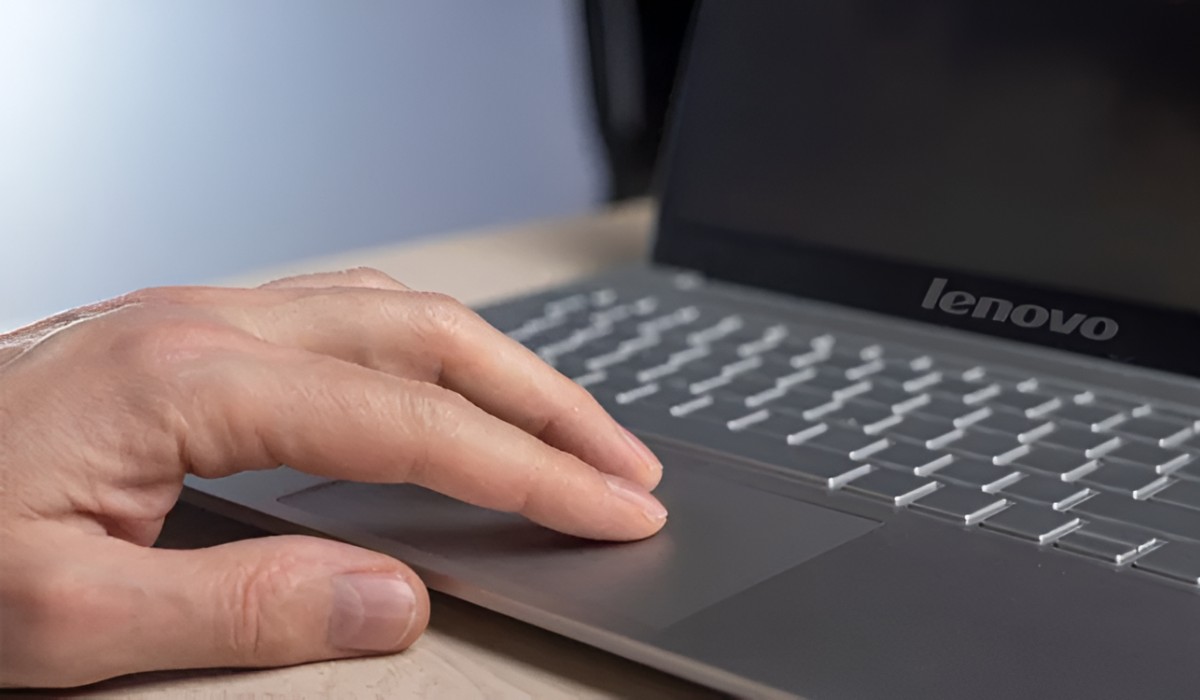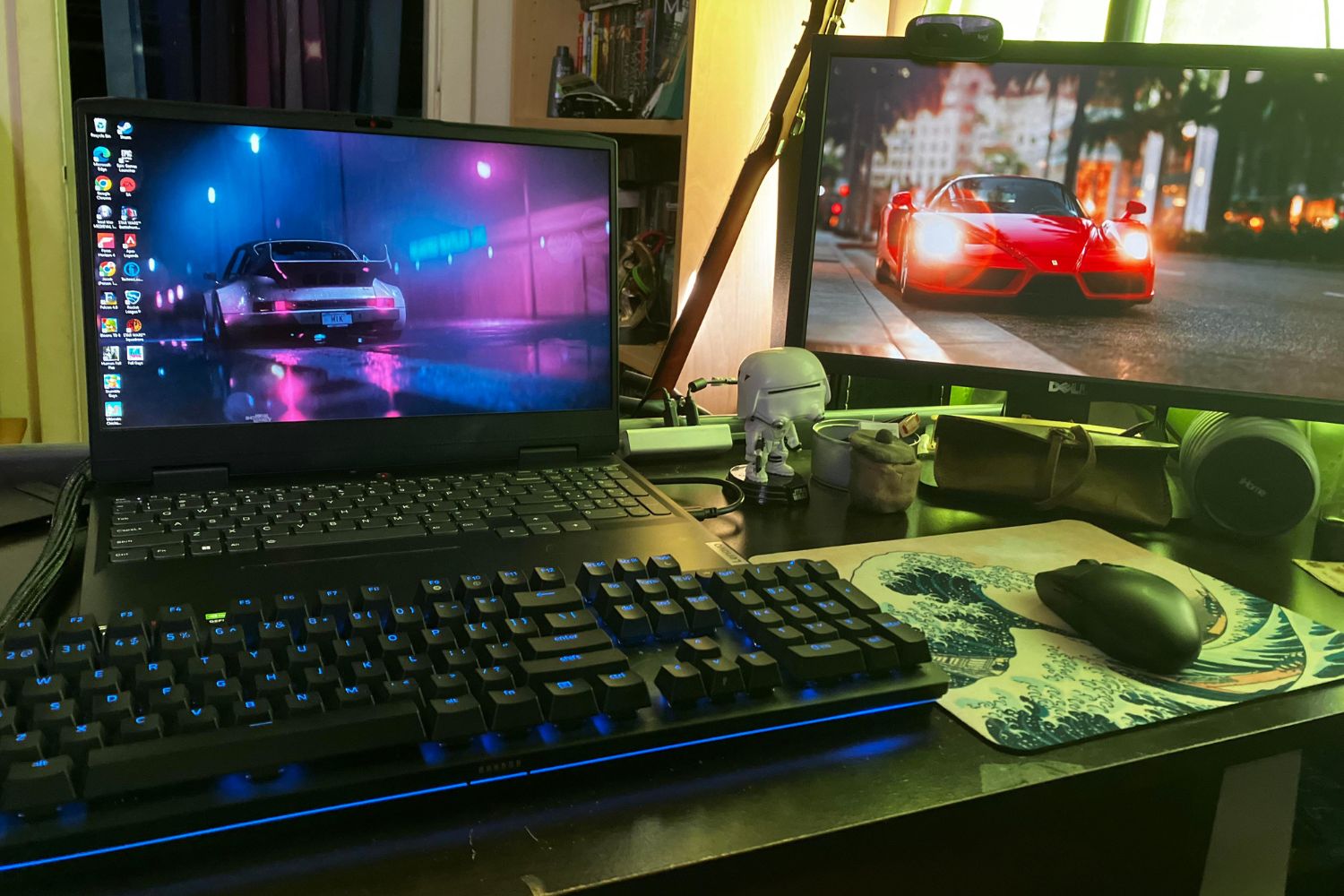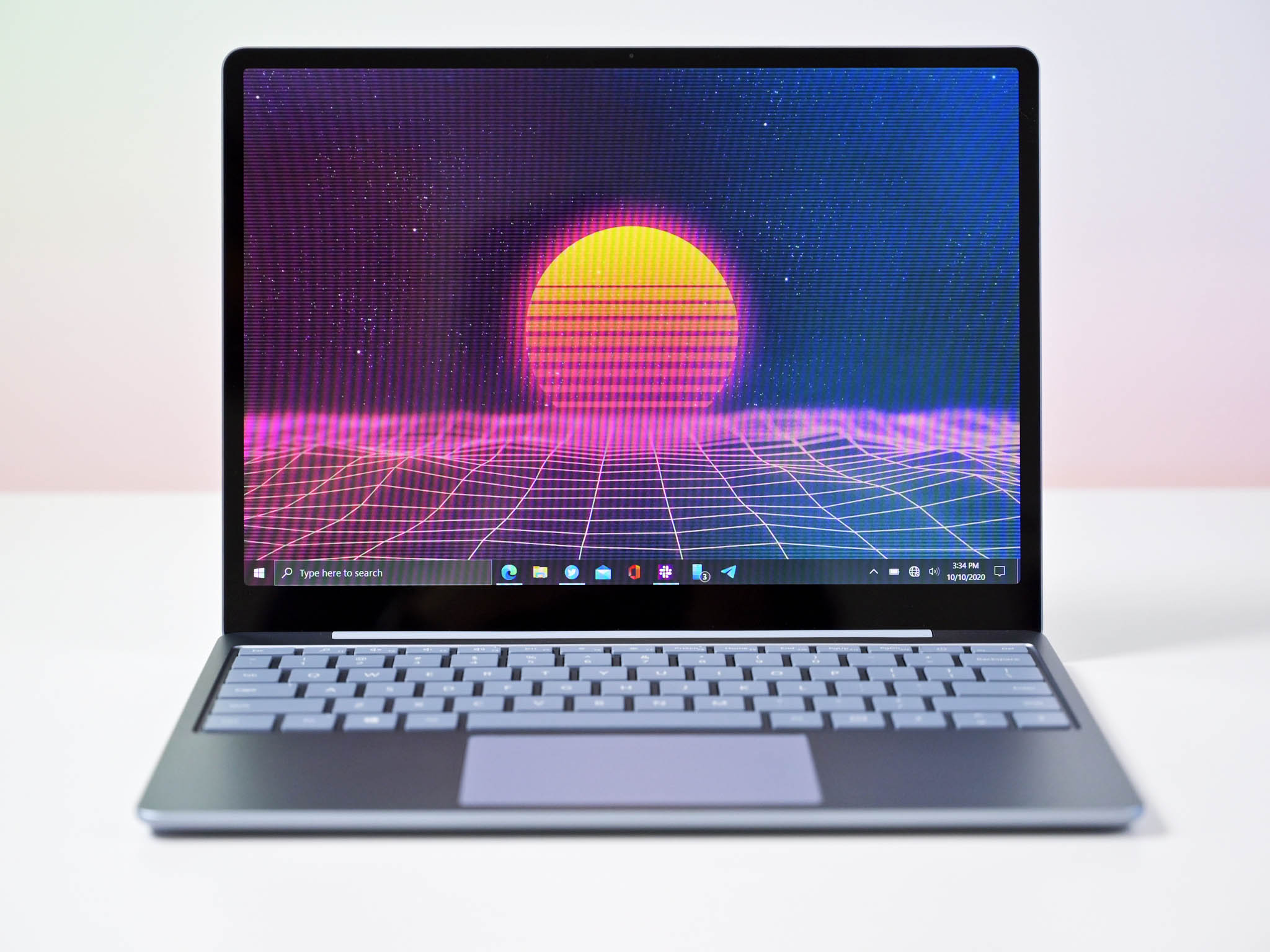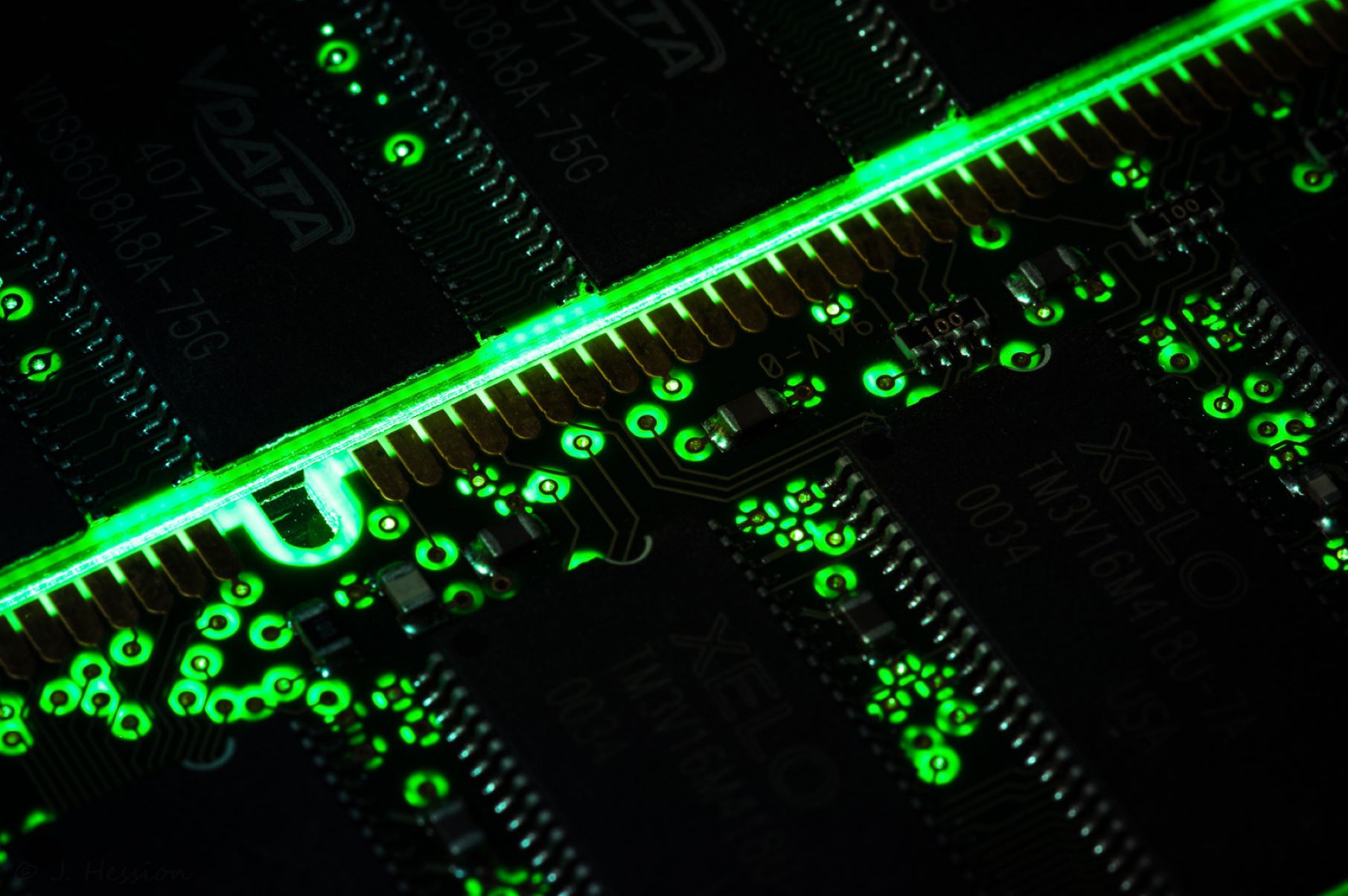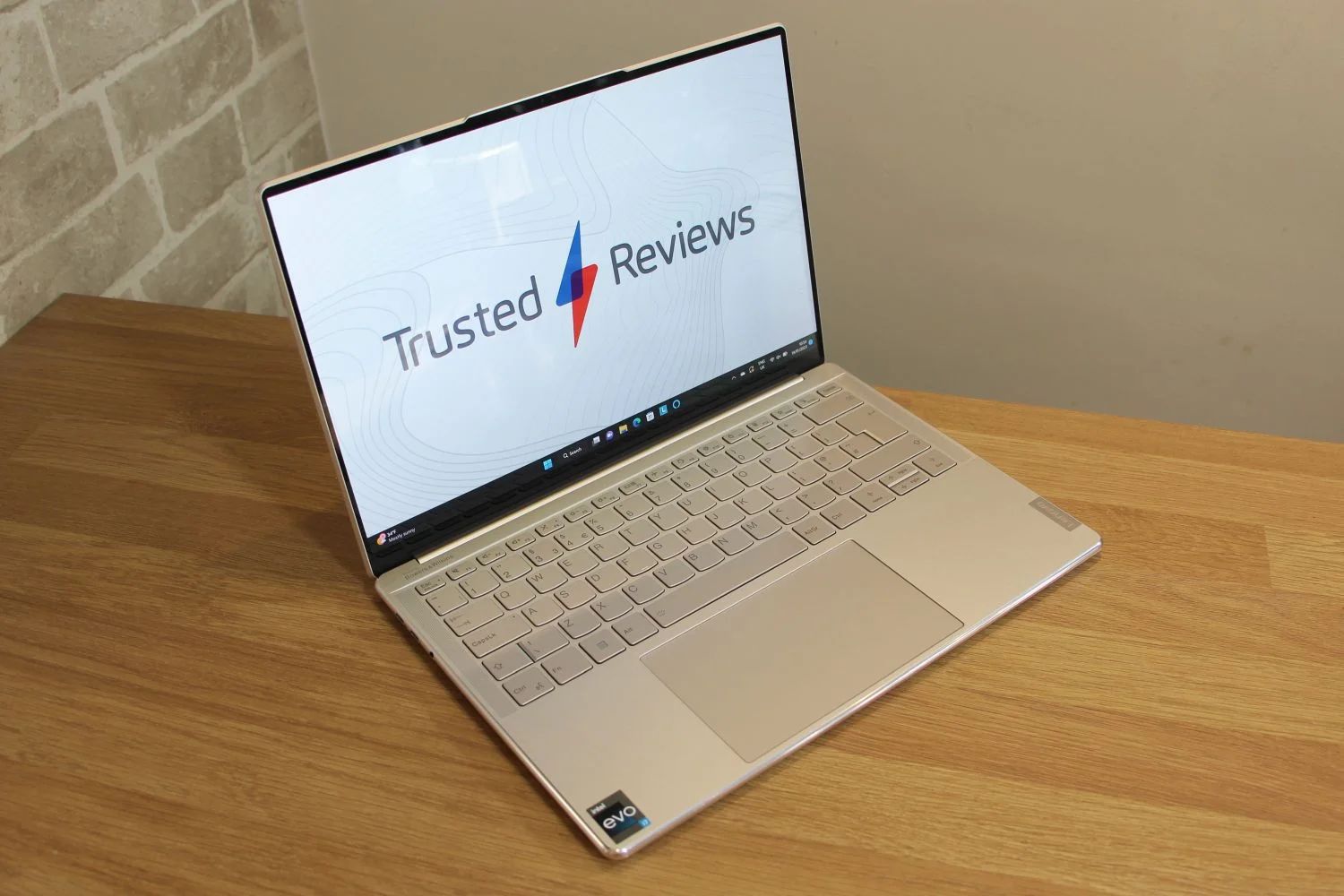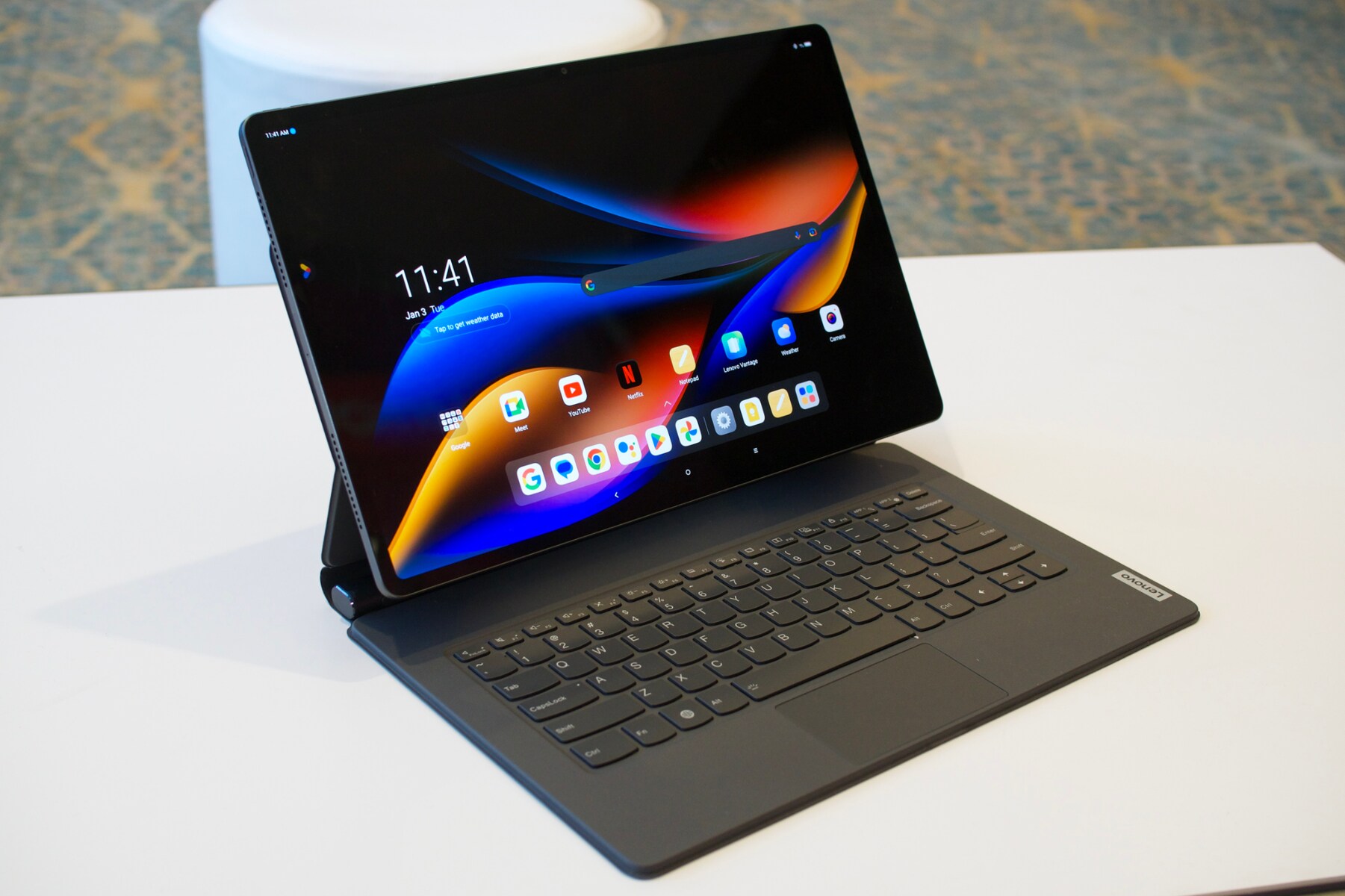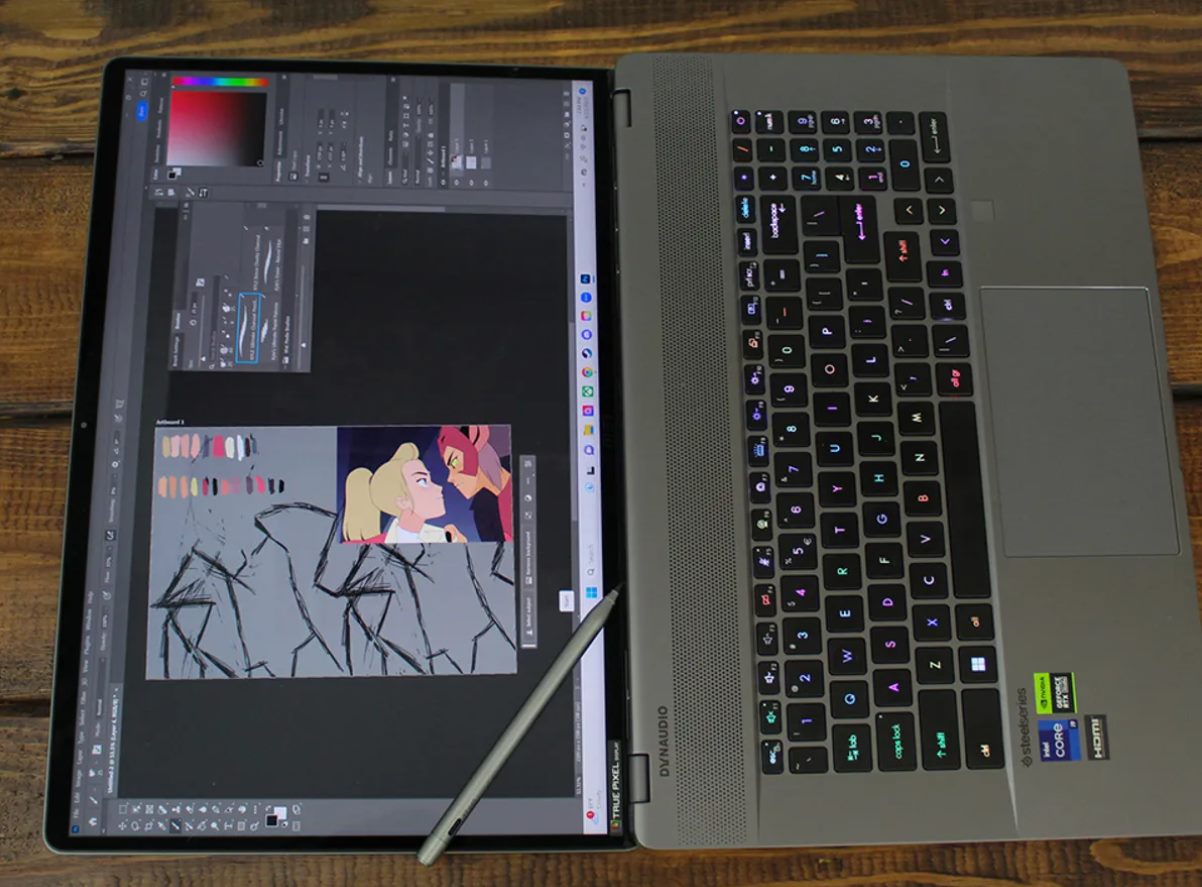Introduction
Are you experiencing issues with the mouse pad on your Lenovo laptop? Don't worry; you're not alone. Many users encounter problems with their laptop's mouse pad, but the good news is that there are several troubleshooting steps you can take to resolve these issues. In this guide, we'll walk you through some common methods for fixing the mouse pad on your Lenovo laptop.
Whether your mouse pad is unresponsive, erratic, or behaving strangely, we'll cover the essential steps to diagnose and resolve the issue. From checking for physical damage to updating drivers and adjusting touchpad settings, we've got you covered. By following these steps, you can potentially save time and money by avoiding a trip to the repair shop.
So, if you're ready to regain full control of your laptop's mouse pad, let's dive into the troubleshooting process. With a bit of patience and the right guidance, you can get your Lenovo laptop's mouse pad back to its optimal functionality in no time. Let's get started!
Checking for Physical Damage
Before delving into software-related troubleshooting, it’s crucial to inspect the physical condition of your laptop’s mouse pad. Physical damage can often be the culprit behind unresponsive or erratic behavior. Here’s how you can perform a thorough check for physical damage:
- Visual Inspection: Start by visually examining the surface of the mouse pad for any signs of wear, scratches, or visible damage. Look for any foreign objects that may have lodged beneath the mouse pad.
- External Examination: Next, inspect the area around the mouse pad for any dents, cracks, or damage to the laptop’s casing. A damaged casing could potentially impact the functionality of the mouse pad.
- Physical Testing: Gently press down on different areas of the mouse pad to check for any unusual resistance, sticking, or lack of responsiveness. Pay attention to any unusual sounds or sensations during this test.
If you notice any physical damage or irregularities during your inspection, it’s advisable to seek professional assistance to address the issue. However, if the physical examination doesn’t reveal any apparent damage, you can proceed with the software-based troubleshooting methods detailed in the following sections.
Updating Drivers
Outdated or corrupt drivers can significantly affect the performance of your laptop’s mouse pad. To ensure that your device is equipped with the latest drivers, follow these steps to update them:
- Device Manager: Access the Device Manager on your Lenovo laptop by right-clicking on the Start button and selecting “Device Manager” from the menu. Alternatively, you can search for “Device Manager” in the Windows search bar.
- Mouse and Other Pointing Devices: In the Device Manager window, expand the “Mouse and other pointing devices” category to reveal the installed drivers for the mouse pad.
- Update Driver Software: Right-click on the mouse pad driver and select “Update driver” from the context menu. Choose the option to search automatically for updated driver software. Windows will then search for and install any available updates for the driver.
- Manufacturer’s Website: Alternatively, you can visit Lenovo’s official website or the website of the mouse pad’s manufacturer to manually download and install the latest driver for your specific model.
After updating the drivers, restart your laptop to allow the changes to take effect. Once the updated drivers are in place, test the functionality of the mouse pad to see if the issue has been resolved. If the problem persists, proceed to the next troubleshooting step.
Adjusting Touchpad Settings
Customizing the touchpad settings on your Lenovo laptop can help address issues related to sensitivity, scrolling, and other functionality. Here’s how you can adjust the touchpad settings to potentially resolve mouse pad issues:
- Accessing Touchpad Settings: Begin by accessing the touchpad settings on your laptop. Depending on your specific model, you can typically do this by navigating to the “Settings” or “Control Panel” in the Windows operating system and selecting the “Devices” or “Mouse” option. Look for the touchpad settings within this menu.
- Adjust Sensitivity: If the mouse pad is overly sensitive or unresponsive, you can fine-tune the sensitivity settings to better suit your preferences. Experiment with different sensitivity levels to find the optimal setting for your usage.
- Enable Multi-Finger Gestures: Many touchpads support multi-finger gestures for tasks such as scrolling, zooming, and navigating between applications. Ensure that these gestures are enabled in the touchpad settings to take full advantage of the touchpad’s capabilities.
- Customize Scrolling Behavior: If you encounter difficulties with scrolling, explore the touchpad settings to customize the scrolling behavior. You may have the option to adjust the scrolling speed and direction to align with your preferences.
- Apply Changes and Test: After making adjustments to the touchpad settings, apply the changes and test the functionality of the mouse pad. Pay attention to any improvements in responsiveness, accuracy, and overall usability.
By fine-tuning the touchpad settings to suit your individual preferences and usage patterns, you can potentially enhance the overall experience and address any underlying issues with the mouse pad’s functionality.
Performing a System Restore
If you’ve exhausted other troubleshooting methods without success, performing a system restore on your Lenovo laptop can be a valuable step in resolving mouse pad issues. System restore allows you to revert your computer’s state to a previous point in time when it was functioning correctly. Here’s how you can initiate a system restore:
- Access System Restore: In the Windows search bar, type “system restore” and select “Create a restore point” from the results. In the System Properties window, navigate to the “System Protection” tab and click on the “System Restore” button.
- Choose a Restore Point: Select “Choose a different restore point” and click “Next” to view a list of available restore points. Choose a restore point that predates the onset of the mouse pad issues. If you’re unsure about the specific restore point to select, you can opt for the most recent one before the problems began.
- Initiate the Restore: Follow the on-screen instructions to initiate the system restore process. Windows will guide you through the steps to confirm your chosen restore point and begin the restoration. This process may take some time, and your laptop will restart once the restoration is complete.
- Test the Mouse Pad: After the system restore is finished and your laptop has restarted, test the functionality of the mouse pad to determine if the issues have been resolved. Pay attention to responsiveness, accuracy, and any previously experienced irregularities.
If the system restore successfully addresses the mouse pad issues, you can continue using your laptop as usual. However, if the problems persist, you may need to explore additional troubleshooting options or seek professional assistance to diagnose and resolve the underlying cause.
Contacting Lenovo Support
If you’ve attempted the aforementioned troubleshooting steps without success, reaching out to Lenovo’s support team can provide you with expert assistance in resolving the mouse pad issues on your laptop. Here’s how you can effectively engage with Lenovo support:
- Online Support Resources: Visit Lenovo’s official website and navigate to the support section. Here, you can access a wealth of online resources, including troubleshooting guides, FAQs, and community forums where you can seek advice from other users who may have encountered similar issues.
- Live Chat or Email: Lenovo offers live chat and email support options, allowing you to communicate directly with support representatives. Provide a detailed description of the mouse pad issues you’re experiencing, along with any relevant troubleshooting steps you’ve already taken. The support team can offer personalized guidance and further troubleshooting recommendations.
- Phone Support: If you prefer direct interaction, Lenovo’s phone support enables you to speak with a support agent who can assist you in diagnosing and resolving the mouse pad issues. Be prepared to provide your laptop’s model and serial number for efficient assistance.
- Service and Repair: In cases where the mouse pad issues are hardware-related and require professional intervention, Lenovo’s support team can guide you through the process of initiating a repair or service request. They can also provide information on warranty coverage and service options.
By leveraging Lenovo’s comprehensive support resources and engaging with their knowledgeable support staff, you can gain valuable insights and solutions to address the mouse pad issues on your laptop. Whether it’s software-related troubleshooting or hardware diagnostics, Lenovo’s support team is dedicated to ensuring that you can make the most of your device’s functionality.







